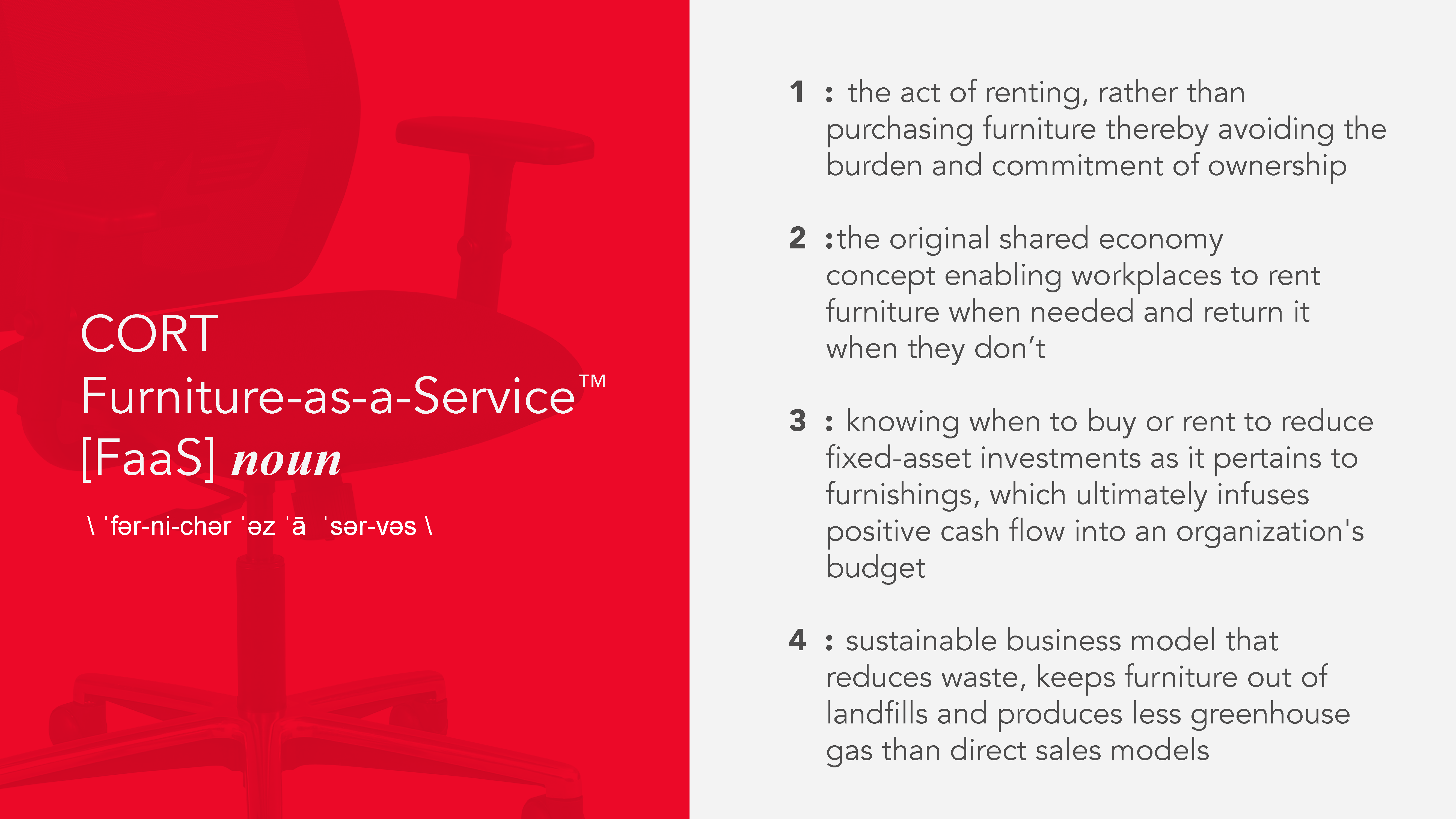Many employees are ready to get back to working in the office. A recent JLL survey of more than 2,000 global office employees revealed that three in four workers are hoping to get back to their workplace, with only one in four hoping to remain working from home full-time on a permanent basis. And on the employer side, research from PwC suggests that most companies expect to be able to bring employees back at 50% capacity before 2021 is over.
The how and why of it all is a hard call to make. The work landscape is changing quickly. How you prepare now affects not only how employees feel as they return, but it can also prepare you to better respond to future challenges.
Hazard Assessments 101
Safety comes first. Since the start of the pandemic, we’ve all learned a great deal about how contagious COVID-19 is, how it spreads through the air and the risks of close personal contact with others. Before you start eyeing a date to bring employees back to the physical workplace, it’s essential to do a hazard assessment. This empowers you to pinpoint specific areas and conditions that increase the risk of exposure. Some of the considerations to keep in mind while inspecting the workplace include:
- Where does person-to-person contact happen most? For example, break rooms, delivery areas, reception spaces, and meeting rooms can be hotspots for contact. Scheduling use of meeting rooms and break areas, limiting foot traffic, and mandating mask or personal protective equipment use can help mitigate the spread.
- Where might workers come in contact with infected surfaces? For example, what kind of equipment is shared? What are some high-touch areas? These should be spots prioritized for regular cleaning and disinfection.
- How can ventilation be improved? Keeping doors and windows open during nice weather and using fans can help improve indoor air quality and dilute possible contaminants. Decreasing occupancy, increasing airflow, and improving air filtration with high-efficiency particulate air (HEPA) filtration systems can help clean and clear the air.
Gauging Employee Readiness
For your return to work plan to work, your employees need to be on board with it. Otherwise, even the best-laid plans will likely be problematic. It’s important to keep in mind that the pandemic has taken a toll on everyone in different ways. That’s why it’s so critical to approach a return to work with empathy, a focus on employees’ well-being, and a commitment to clear communications.
Some of your workers might be balancing work with caregiving responsibilities that make it difficult to get back to the workplace. While others are ready to rock. You won’t know where your employees land on that spectrum until you check in with them. This is also an important step in building trust and engagement with your employees. A recent survey from Edelman suggests that 86% of workers don’t trust their leaders to provide solid leadership on plans to get back to business.
Gauging employee readiness is a helpful step to determine who should come back first and who should continue working remotely. It can also help you decide whether you want to take a phased approach, stagger shifts or create a hybrid work model that combines several approaches. That communication strategy should continue, even after you’re back to business. Explaining new policies, sharing the organization’s vision of the future, and allowing employees to have a voice can help everyone reacclimate and adjust.
Consider Furniture as a Preparation
Furniture rental is another savvy way to prepare the workspace of the future. After all, one of the biggest lessons that many businesses learned during the pandemic was the benefit of operating an agile business. Those who were best able to quickly and effectively respond were those who could pivot the fastest. That kind of agile mindset is key to preparing the work area for the immediate future and the long-term health of your business.
It’s also notable that 87% of the executives surveyed by PwC in November and December of 2020 are planning to make changes to their real estate footprint. Many employers are consolidating office space, opening new satellite locations, or expanding their office space. The success of remote work for most organizations, capacity limitations dictated by governmental guidelines and distancing requirements are just three of the factors driving these changes.
In-office assets like furniture are an ideal vehicle to add flexibility and agility to the work area. CORT Furniture as a Service allows businesses to easily scale and adapt to changing conditions.

Integrating Smart Tech
Technology and data are the guiding light for opening up safely. Adopting touchless technology can lower the risk of spreading COVID. Accelerating the shift to digitization helps businesses become more nimble. More capable of moving quickly when future disruptions come along. And of course, the more data, the better.
Data is the key to driving action across all business levels, empowering decision-makers to respond faster to changing conditions. It also provides insight for risk assessment and contact tracing. Case in point — 4SITE’s sensors allow employers to collect valuable, actionable, data to see how spaces are being used, who uses them, and when.
This creates a blueprint for disinfection and sanitization schedules, simplifies contact tracing and helps create a framework decision-makers can use to move forward. For example, sensors allow leaders to evaluate the blueprint of the workspace and make decisions about how to use the space and whether the space is still working for the company.
Health Checks, COVID Policies, and Sanitization
For everyone to feel safe and confident, employers need a plan. If you’ve already conducted a hazard assessment, you should have an idea of high-traffic, high-touch areas that need frequent disinfection. You also need to plan for ongoing cleaning procedures and decide on your business’s policy about personal protective equipment and how employees should handle themselves if they experience symptoms.
Health checks are another consideration. Some businesses opt to check employees and visitors for symptoms and fever before they enter the office. Others allow people to conduct health assessments virtually. Whatever the steps for keeping workers safe once they’re back, it’s vital that your business leans into developing people-first strategies, preferably that include a data-driven approach to making decisions.
People want to get back to work. The question is: How are you going to make that happen safely? Following federal, state, and local guidelines are the right start. Beyond that, adopting sound strategies like integrating smart technology can facilitate the process.
Ready to explore Furniture as a Preparation? CORT Furniture Rental is here to help you get back to business smartly and safely, providing you with the flexibility and tools that you need.






